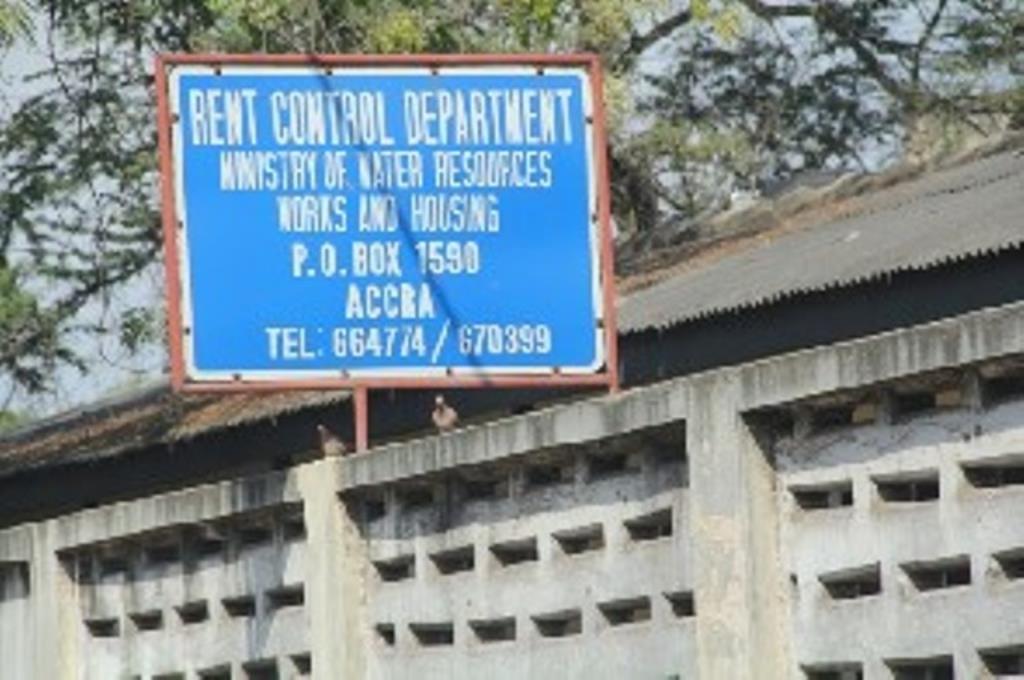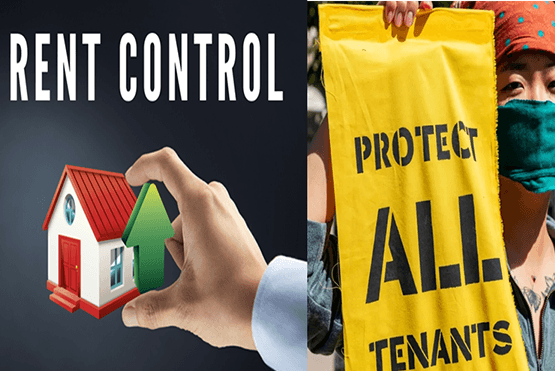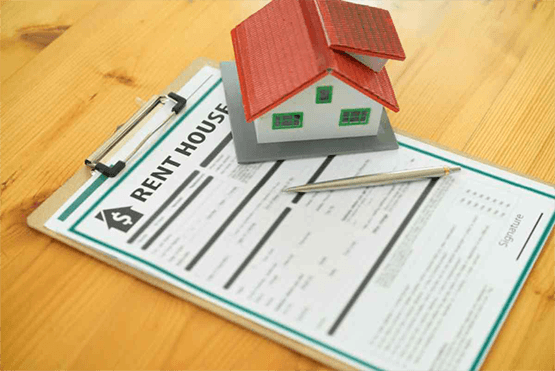Rent control is a government program that places a limit on the amount that a landlord can demand for leasing a home or for renewing a lease, According to Investopedia.
Oregon is the first state in the U.S. to enact a statewide rent control law. The law, signed in March 2019, restricts annual rent increases to 7% plus the increase in the consumer price index.
How Rent Control Works
The earliest rent control laws in the U.S. date to the 1920s, and were often outright rent freezes. These generally proved unworkable. In the 1970s, the idea of rent control surfaced again, this time in a more moderate form often called rent stabilization.
For example, New York City has two rent control programs:
- The older rent control program has been in the process of being phased out for decades. It placed severe limits on rental prices, but the only renters still covered by the law have been living since 1971 or earlier in buildings that were constructed before 1947.
- The 1970s-era rent stablization program regulates prices in about half of the city’s rentals. The rents can only be increased yearly, and the allowable percentage increases are capped by a housing agency. The rules and exceptions are labyrinthian, and are administered by a combination of city and state agencies.
The high cost of living in New York City is frequently cited as proof enough that rent control doesn’t work. The median price for a one-bedroom in New York was $3,070 in 2018.
Rent control advocates such as the Urban Institute argue that price controls can be effective for the population that the laws target. That is, moderate-income people and elderly people on fixed incomes may be able to stay in their homes while gentrification forces prices up all around them.
Read: Who Determines Rent Price: Landlord, Tenant or Rent Control?
Advantages and Disadvantages of Rent Control
Rent control has always been controversial. The rent control regulations in cities today most commonly regulate price increases for lease renewals, not new tenants. That arguably has some benefits for landlords, who can charge whatever the market will bear on vacant apartments or, in the worst case, keep on tenants who have every incentive to stay put and pay the rent on time.
Disadvantages
Rent control reduces the supply of decent housing since landlords would rather convert a building to condos or adapt it to commercial use than abide by a law that limits their profits.
Investment in new rental housing screeches to a halt. Maintenance of buildings under rent control is lax or nonexistent because of the poor return on investment.
Key Takeaways:
- Most rent control laws limit the amount a landlord can increase rents on existing tenants.
- Rent control is controversial. In fact, 37 states have laws that forbid local governments from enacting such measures.
- Oregon became the first state in the U.S. to enact a statewide rent control law in 2019.
Reviewed By:






